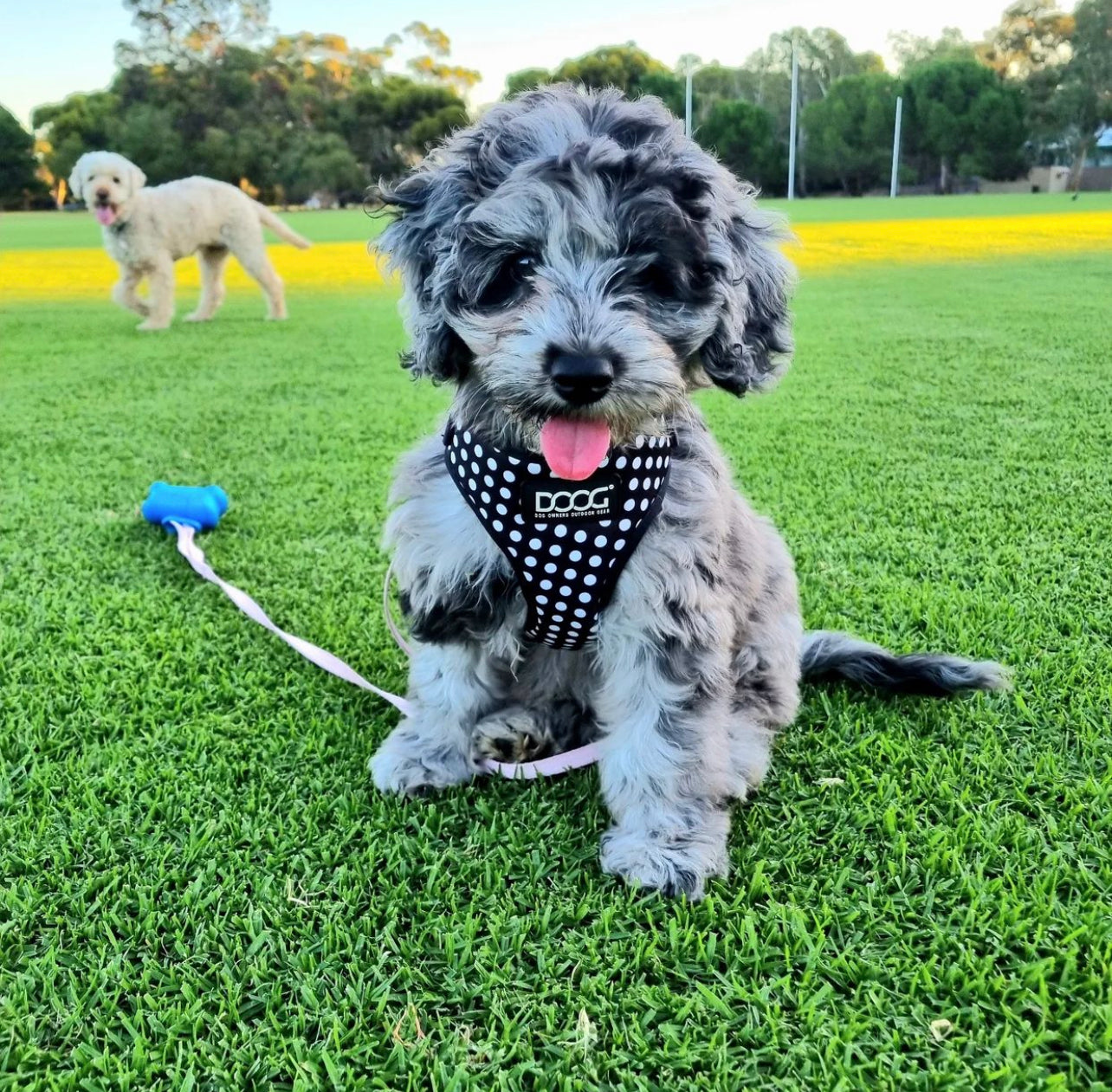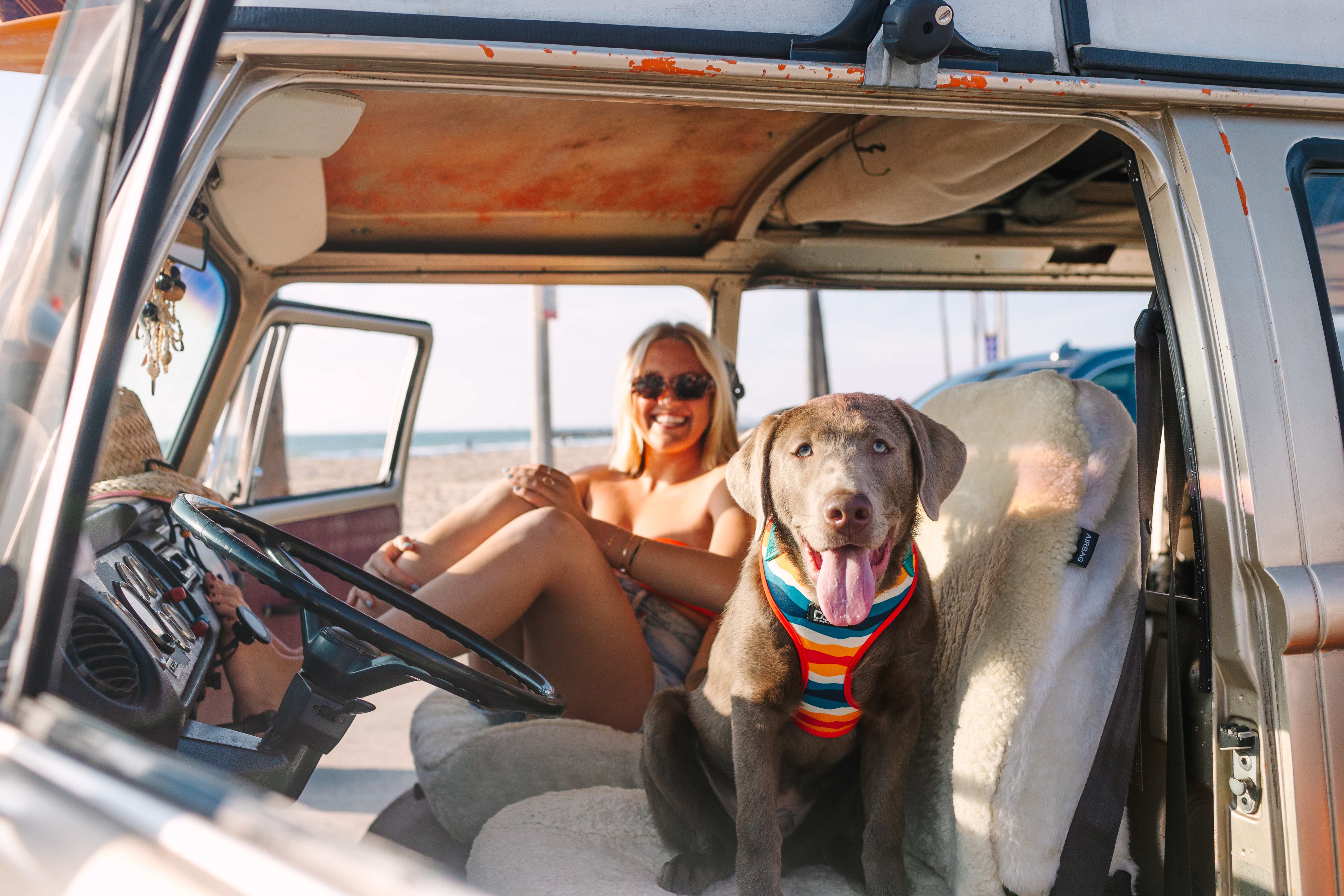
Responsible puppy ownership
To celebrate National Puppy Day (March 23), we thought we’d focus on one of the most important decisions a dog owner can ever make – choosing the right puppy.
If you’re considering a new puppy, here’s our guide for choosing the one that’s right for you. Making the right decision is important for both you and your puppy.

Tip 1. Research breeds
Different breeds have different characteristics. Important breed characteristics include:
Some breeds of puppies won’t stay small for long! Make sure you consider how big your breed of puppy will grow and whether that suits your needs. For example, if you have a hard or home big enough for a puppy that will grow into a large dog (like a German Shepherd).
Some puppies will grow into dogs that need more daily exercise than others. If you choose a puppy from an active breed (like Cattle Dogs), you need to make sure that you will have both the time and yard space to cater for their needs.
Puppies who will grow into large dogs will eat more and cost more to feed than smaller breeds. Some breeds will also require a lot more regular grooming than others. For example, Poodles have high grooming needs. It’s important that you understand your puppy’s grooming needs before you make your adoption decision.
This is an important consideration if you have (or will soon have) young children. Some breeds interact better with small children than others. Breeds that are good with young children include Labrador Retrievers and Bulldogs.
Some breeds have more potential for health issues than others. It’s important that you know what the potential issues are for the breed that you choose and that you be as proactive as possible in helping to prevent them. Talk to a vet before you choose a puppy.

Tip 2: Research puppy providers
Two popular sources for puppies are animal shelters and breeders. Make sure that any source you use is reputable and has good conditions for all of their dogs and puppies. Avoid mass-breeding operations.
Reputable animal shelters and breeders take steps to socialise, vaccinate and de-sex their puppies, as well as ensuring their general health. Ask about all these things before you make your decision.
You should also ask questions about your potential puppy’s parents to give you an idea of its likely personality, behaviour and health traits. Good breeders should be able to provide you with veterinary and breed pedigree reports.

Tip 3. Compare your puppy to the rest of the litter
This can give you hints about your puppy’s likely health, temperament, behaviour and training needs. For example:
- how do each puppy’s coats compare (ideally they should be full and shiny to indicate good health)?
- how do each puppy’s eyes, ears, and teeth compare (the eyes and ears should be clear, and the teeth should be clear).
- is one pup more assertive or shy than the others?
The bottom line
Buying a puppy is a big decision for both you and your puppy. Take the time to make the right decision. That means using your head as well as your heart to make sure your new puppy will be compatible with your lifestyle for the next 10 to 15 years years (or hopefully more).

How we can help
At DOOG, we have a great range of accessories for both you and your puppy,
including:
- toys
- training gear
- collars and leads
- harnesses
- pop-up pools
- swim towels
- portable bowls
- walking bags and belts
- walkie pouches
- pickup bags.





